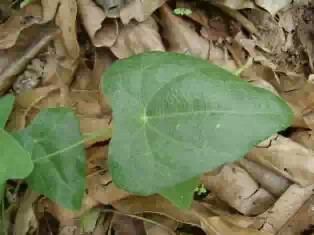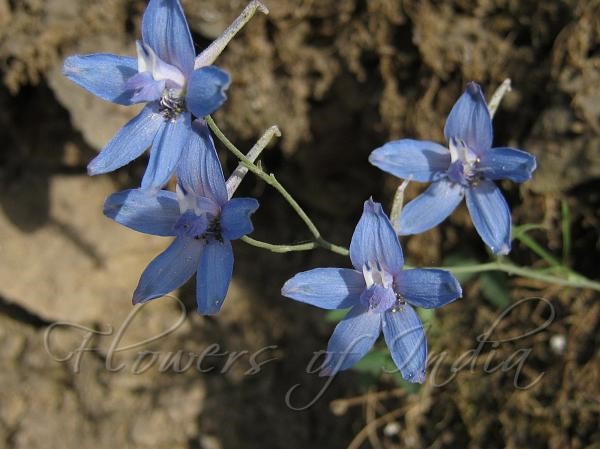Patola – Tricosanthes dioica Roxb
LITERARY REVIEW
According to Acharya charaka Tricosanthes dioicaRoxb is under Trptigna and Trsnanigrahana.
Susruta indicated it specifically for Vrana and Netrarogas.
He also advocated the administrated of Patola root during the eighth month of pregnancy.
It is considered as one among the PancaTiktas in Rasa Tarangini.
Patola is usually prescribed for pitta and Rakta vikaras.
VERNACULAR NAMES
- Sanskrit :Patola
- English :Pointed Gourd
- Hindi :Parval
- Kannada :Kadupadaval
- Telugu :Kommu Potla or Chedu Potla
- Marathi :Paraval
- Gujarathi :Paraval
- Bengali :Patol
- Tamil :Kambu Podalai
- Malayalum :Patolm
SYNONYMS
- Patola: It possesses digestive systemPanduphala: It’s fruit is whitish grey coloured.
- Karkasacchad: It’s leaves are rough.
- Kulaka: It bears a group of very good properties like Vrysyatva etc.
- Bijagarbha:Seeds are present in the hollow part of the fruit.
- Rajiphala:It’s fruit possesses white stripes all long.
- Panca Rajiphala
- Amrtaphala
- Tiktottama
- Nagaphala
- Kustari
- Prateeka
- Rajeya
- Kustaha
VARIETIES
According to Kaiyadeva Nighantu
- Patola
- Raja Patolika
According to Sodhala Nighantu
- Patolika
- Patola
- Patoli
According to Bhavamisra
- Patola
- Patolika
CHEMICAL CONSTITUTIONS
FRUIT: Moisture, protein, oxalic acid, iodine, fluorine, 5-hydroxytryptamine.
SEED: 29%- 30% dark reddish green oil, oieic, linoleic. Fatty acid consist of trichosanic or oleostearic acid.
Extracts of seeds contain haemagglutinating activity.
ROOTS: Amorphous saponin, trichosanthin, hentriacontane, colocynthin.
WHOLE PLANT: Cucurbita-5, 24- dienol.
PROPERTIES
Rasa : Tikta, Katu
Guna : Laghu, Ruksha
Virya : Usna
Vipaka : Katu
Doshagnata : Vata – Pittahara
KARMA
- According to Bhavaprakasa Nighantu:
Vrnya, Hridya, Kaphagna.
- According to Madanaphala Nighantu:
Pachanakaraka, Dhatuposhaka,
Agnidepaka, Hridya.
- According to Shodala Nighantu:
Shulagna.
AMAYIKA PRAYOGA
- Jvara, Krimi,Kasa, Kandu, Kusta, Kaamala, Rakta vikara. (BHAVAPRAKASA NIGHANTU)
- Kandu, Daha, Trisha, Kota, Kusta, Jvaranasha, Raktavikara.(KAIYADEVA NIGHANTU)
- Kandu, Raktavikara, Jvara, Daha, Kustaroga.
(RAJA NIGHANTU)
- Halaka, Jvara, Vatarakta, Kriminasha.
(MADANAPALA NIGHANTU)
- Amlapitta, Jvara, kamala.
(DHANVANTARI NIGHANTU)
- madhatyaye, Visarpa, Kusta, Raktapitta, Shota, Jvara.
(CHARAKA CHIKISTA)
- Netraroga, Vidaruka.
(SUSHRUTASAMHITA)
PHARMACO THERAPEUTICAL ACTION AND USES
- Leaves of the plan are used as Antipyretic, Diuretic, Cardiotonic, Laxative, Antiulcer etc…
- Leaves used in Edema and Alopecia.
- Fruits are prescribed for patient suffering from the disorders of circulatory system.
THERAPEUTICAL USES
- INDRALUPTA: Local application of the juice of Patola leaves will cure Alopecia in 3 days.
(SHA SAM 3/11)
- MEDOROGA: Decoction of Patola and Citraka along with Satapuspa and Hingu shall be taken. (P CHI 39/20)
- NETRAROGA:Patola cooked as vegetable with ghee is useful.
(SHU .SAM UT 17/51)
- RAKTAPITTA: Patra churna or Kwatha or Svarasa with honey is given
(CHA. SAM)
- PITTHASLESHMA JVARA: Nimba bark and Patola panchanga kwatha is given.
(CHAKRADATTHA)
- PITTHAJA MASURIKA: Patola mulakwatha is given.
(CHAKRADATTHA)
- VATAVYADHI:Soup of Patola fruits is light, alleviates vata and promotes semen.(CHAKRADATTHA)
FOLKLORE USE
- Decoction of leaves for Amenorrhea.
- Juice of fresh leaves for granular conjunctivitis in children. Also used to prevent the lids from adhering at night from excessive melbomian secretion.
- Juice of leaves also used externally for sores and various animal bites.
- Pulp of fruits used internally like calcocynth to cause vomiting and purging.
- Powdered dried fruit used made into snuff for use by afflicted with jaundice.
- Seed oil used for dermatitis.
- Poultice of leaves for hemorrhoids.
PART USED
- Fruits
- Leaf
- Roots
- Panchanga (DHANVANTARI NIGHANTU)
MATRA
- Churna : 3-6 grams
- Svarasa : 10- 20 ml
- Kwatha : 50 -100 ml
VISHISHTA YOGA’S
| Reference | Indication | |
| Patoladi kvatha | Chakradatta | Visphotaka fever
|
| Kalingadi kvatha | Chakradatta | Jvara |
| Patoladi gana kvatha | Astanga hrdaya sutra | Amlapitta |
| Patola sunti ghritam | Chakradatta | Amlapitta |
| Patoladi ghritam | Ckakradatta | Ahiputana |
| Patoladi kvatha | Yogaratnakara | Upadamsa |
| Patoladya ghritam | Chakradatta | Chakshusya,Visarpa,Gandamala,Kaamala, Kusta, Mukaroga, Avrana sukra |
RESEARCH STUDIES
- Seed extract of Trichosanthes dioica lowered Blood sugar, Serum cholesterol and triglyceride and increased the levels of phospholipids and HDL- cholesterol in rabbits.






